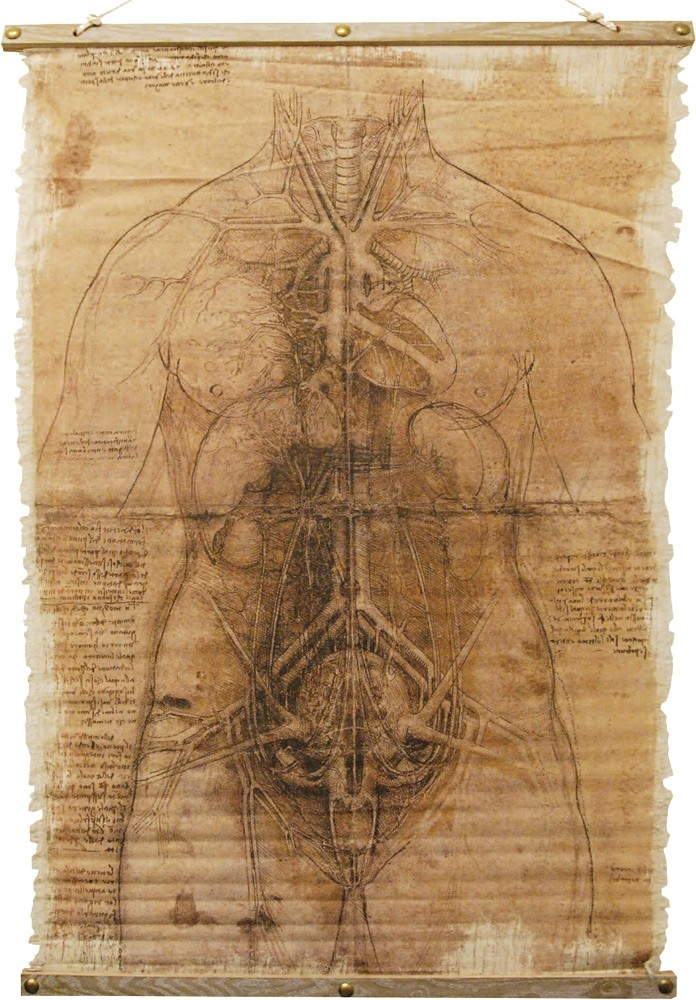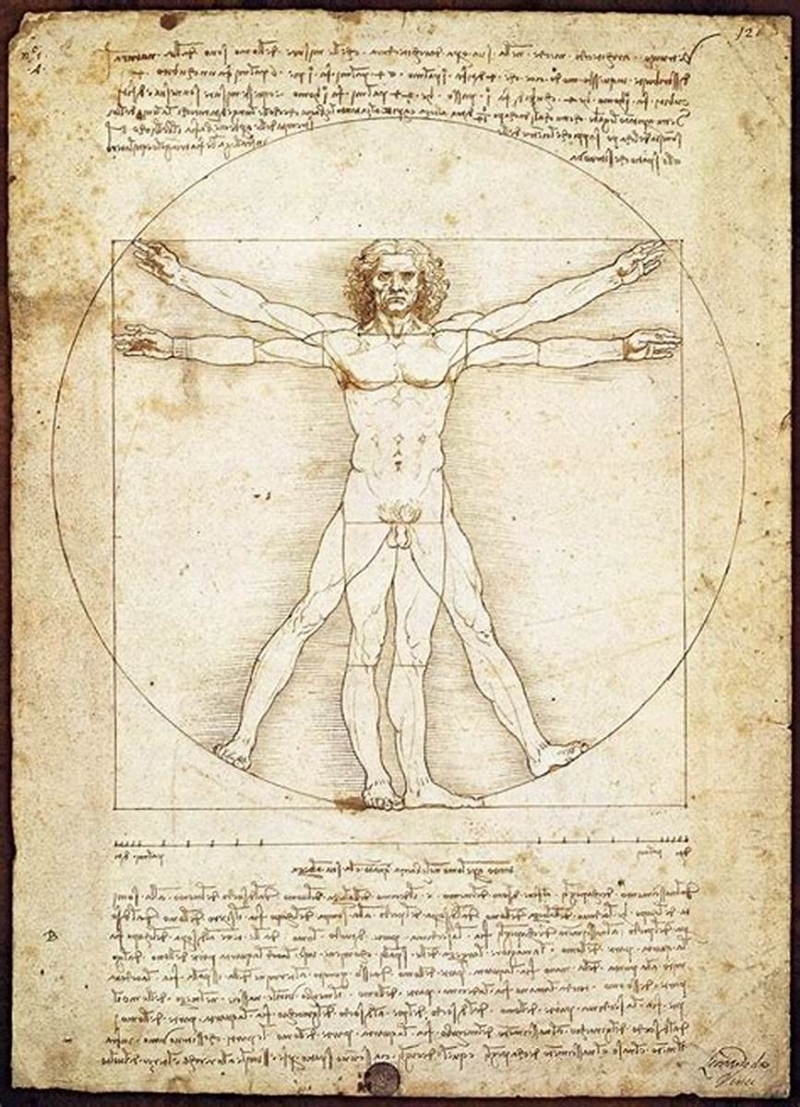Da Vinci made several important discoveries in human anatomy
Da Vinci was the first to describe the backbone's double S shape. He dissected and drew the human skull as well as transversal, sagittal, and frontal brain cross-sections. He also investigated internal organs, drawing the human appendix and lungs for the first time, as well as the mesentery, urinary tract, reproductive organs, cervix muscles, and a thorough cross-section of coitus. Da Vinci was one of the first to depict the fetus in the womb in a scientific manner. He also correctly predicted how heart valves regulate blood flow.
Leonardo's early anatomical studies focused mostly on the skeleton and muscles, although he merged anatomical and physiological research from the start. Following his observations of the body's static structure, Leonardo went on to investigate the role of distinct body parts in mechanical activity. This led him to investigate the internal organs, particularly the brain, heart, and lungs, which he saw as the "motors" of the senses and of life.












